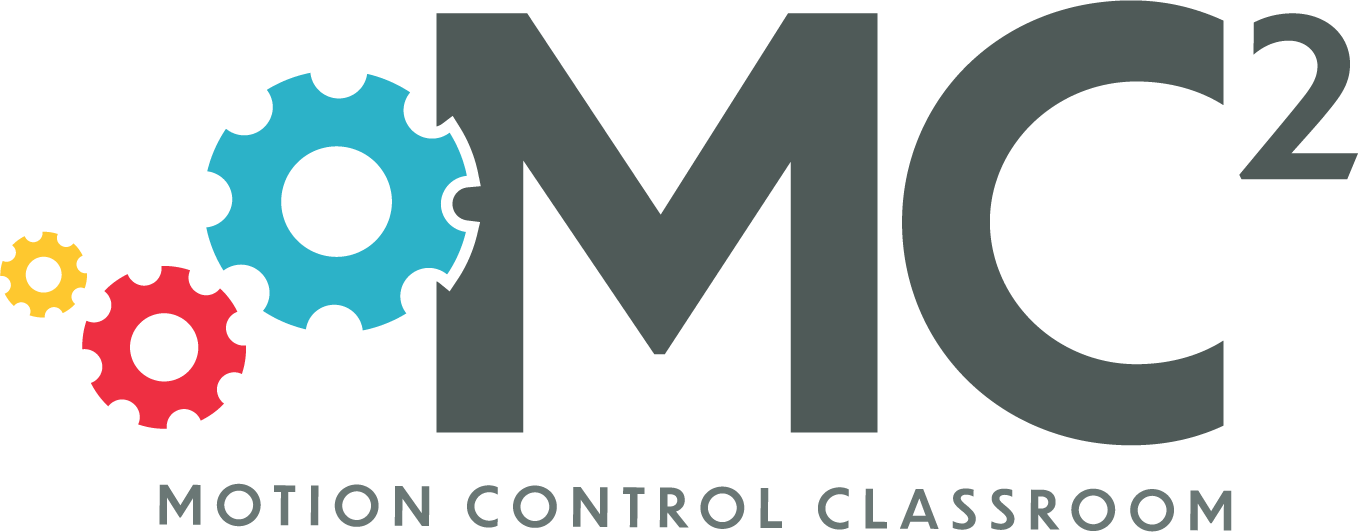

Welcome to this installment of MC² on dc motors. Recall that dc motors are motion components that take electrical power in the form of direct current (or some manipulated form of direct current) and convert it into mechanical rotation. The motors do this through the use of magnetic fields arising from electric currents through their windings to spur the rotation of a rotor fixed with an output shaft. Output torque and speed depends on the electrical input and motor design.
In this MC² on dc motors, we detail the specifics of such operation in dc brush motors, also called permanent-magnet (PM) dc motors … as well as the use of these motor types in various in motion designs. We also cover brushless dc (BLDC) motors. These employ magnets instead of brush-commutator assemblies for commutation to operate much like shunt-wound motors, but with field flux from magnets instead of winding current.
Check out the informational resources below on these motors, and be sure to bookmark designworldonline.com/MC2 to stay current on this series.
Executive Editor, Design World
Where brush dc motors make sense
Comparing the different types of dc motors
Operation of dc shunt motors
Commutator basics
In electrical terminology, a parallel circuit is often referred to as a shunt. Hence, dc motors in which the armature and field windings are connected in parallel are referred to as dc shunt motors.
Brush dc motors are a mature technology that’s been around for more than a century. So with brushless motors and an ever-increasing array of controls for all motor types, why do engineers still use brush motors?
Dc motors are motion components that take electrical power in the form of direct current (or some manipulated form of direct current) and convert it into mechanical rotation.
The operating principle of a dc motor is based on the interaction between the magnetic field of a rotating armature and the magnetic field of a fixed stator.
Operation of wound field motors
Relationship between current and output torque
Minimizing brush wear
The purpose of starters on dc motors
Brushed dc motors are generally available in two types, depending on the construction of the stator: permanent magnet or wound field.
Torque is a rotational force produced when a vertical force is applied at some distance from the center axis of the rotating body.
Brushed dc motors provide high speed and torque, are simple to operate, and are generally inexpensive.
Starters are used to protect dc motors from damage that can be caused by very high current and torque during startup.
Always more, always faster, always farther — everything needs to arrive at the right time at the right place.
The global goods cycle keeps the economy running and presents challenges for everyone involved. Its function relies on extensive automation within the logistics chain, which would be almost impossible without an armada of high-performance micromotors. These motors often need to generate high forces in extremely small spaces and, above all, must always work reliably in continuous duty operation.
Explanation of sinusoidal commutation
Avoiding torque ripple
Brushless dc motor basics
Torque ripple—variations in torque production during shaft revolution—is an undesirable effect that occurs in permanent magnet motors, preventing smooth motor rotation.
Hall-effect sensors in BLDC motors
Although the back EMF waveform of a brushless dc (BLDC) motor is theoretically trapezoidal, in reality, inductance in the motor smooths the back EMF into a more sinusoidal shape.
Brushless dc (BLDC) motors are dc motors that use magnets instead of brushes and a commutator for commutation.
Dc motors can be either brushed type, which are mechanically commutated, or brushless, which are commutated electrically.
Difference between EC motors and BLDC motors
Halbach arrays in brushless motors
Differences between slotted and slotless motors
External-rotor motor basics
Deciphering motor terminology can be frustrating, especially when comparing the operation and performance of various motor types.
A Halbach array is arrangement of permanent magnets that creates a stronger field on one side while reducing the field on the other side to near zero.
The original brushless dc (BLDC) motors were designed with slotted stators, and the majority of BLDC motors are still made this way.
Conventional brushless dc motors are constructed with a permanent magnet rotor located inside a wound stator.
This comprehensive collection with illustrations and descriptions, includes formulas, terms, and explanations for the calculations concerning drive systems.
Order your FREE copy today!
maxon motor develops and builds precision drive systems – brushed and brushless DC motors with the unique ironless maxon winding. Flat motors with iron cores complete our modular product portfolio. maxon motor's modular system includes: planetary and spur gearheads, spindle drives, encoders, and control electronics.